keeping insects out of wounds
tenacre
9 years ago
Related Stories
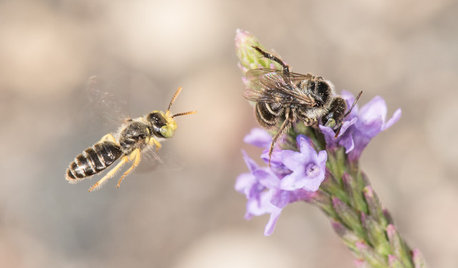
GARDENING GUIDESKeep an Eye Out for Fast-Moving Calliopsis Bees
These small native bees can often be seen foraging on vervain in the summer
Full Story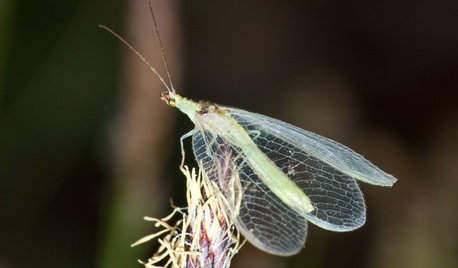
GARDENING GUIDESLook Out for Lacewings: Beneficial Insects Coming to a Garden Near You
Lacewings are delicate insects that produce alligator-like, hungry offspring that devour aphids and other garden pests
Full Story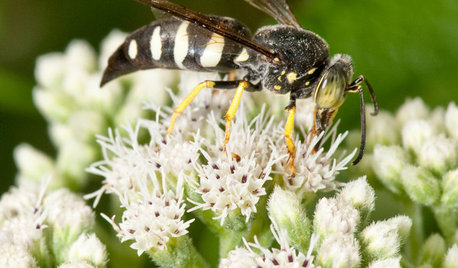
GARDENING GUIDESSand Wasps Keep True Bugs in Check and Help Pollinate Summer Flowers
Look for these solitary wasps nesting in sandy sites and foraging on flowers in July and August
Full Story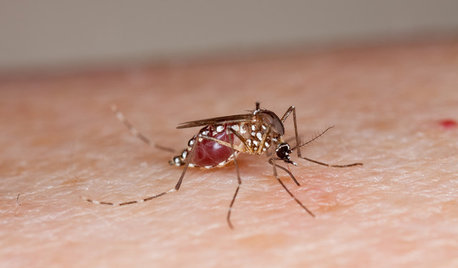
HEALTHY HOMEHow to Get Rid of Mosquitoes Indoors and Out
Follow these tips to keep your summer bite-free and healthy despite the uptick in mosquito-borne diseases
Full Story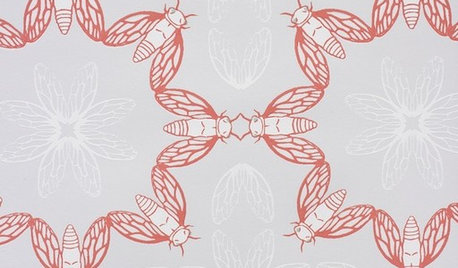
PRODUCT PICKSGuest Picks: Decor to Make Your Eyes Bug Out
Insects are marching to a different tune these days, showing up on knobs, teapots and even tablecloths
Full Story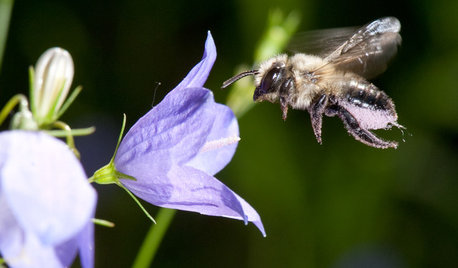
GARDENING GUIDESPut Out the Welcome Mat for Leafcutter Bees in Your Garden
Provide a diversity of flowering plants from spring through fall for these charismatic native bees, and you won’t be disappointed
Full Story
KITCHEN DESIGNTrick Out Your Kitchen Backsplash for Storage and More
Free up countertop space and keep often-used items handy by making your backsplash more resourceful
Full Story
Étagère Herb Gardens Keep Flavor Within Reach
Simple stepladder-style herb gardens are easy to maintain indoors or out, for fresh dish additions anytime
Full Story
KITCHEN DESIGNSmooth Running: How to Keep the Pantry Organized
Find out how to arrange your dry and canned goods, oils, baking items and snacks so your shelves stay neat
Full Story
THE HARDWORKING HOMEA New Drop Zone Keeps the Clutter at Bay
The Hardworking Home: A clever wall-mounted station for keys, phones and more helps a family stay organized
Full Story







User
brandon7 TN_zone7
Related Professionals
Maple Heights Landscape Architects & Landscape Designers · Arden-Arcade Landscape Contractors · Harrisburg Landscape Contractors · Kaneohe Landscape Contractors · Lake Worth Landscape Contractors · Teaneck Landscape Contractors · Broomfield Siding & Exteriors · Independence Siding & Exteriors · Orange County Siding & Exteriors · Tooele Siding & Exteriors · Menomonee Falls Siding & Exteriors · Ashburn Decks, Patios & Outdoor Enclosures · Clemmons Decks, Patios & Outdoor Enclosures · Fort Myers Decks, Patios & Outdoor Enclosures · Methuen Decks, Patios & Outdoor EnclosurestenacreOriginal Author
brandon7 TN_zone7
tenacreOriginal Author
Toronado3800 Zone 6 St Louis
tenacreOriginal Author
tenacreOriginal Author
ken_adrian Adrian MI cold Z5
gardener365
bengz6westmd
tenacreOriginal Author
gardener365
tenacreOriginal Author
whaas_5a
tenacreOriginal Author
gardener365
whaas_5a
gardener365
brandon7 TN_zone7
Toronado3800 Zone 6 St Louis
tenacreOriginal Author
ctnchpr
tenacreOriginal Author
tenacreOriginal Author
whaas_5a
poaky1
tenacreOriginal Author
brandon7 TN_zone7
tmore
tenacreOriginal Author
Toronado3800 Zone 6 St Louis
tenacreOriginal Author
brandon7 TN_zone7
tenacreOriginal Author
brandon7 TN_zone7
tenacreOriginal Author
brandon7 TN_zone7
tenacreOriginal Author
tenacreOriginal Author
ctnchpr
tenacreOriginal Author
poaky1
tenacreOriginal Author
ctnchpr
tenacreOriginal Author
ctnchpr
tenacreOriginal Author